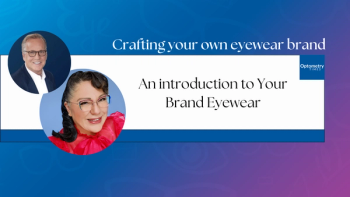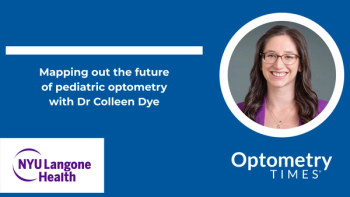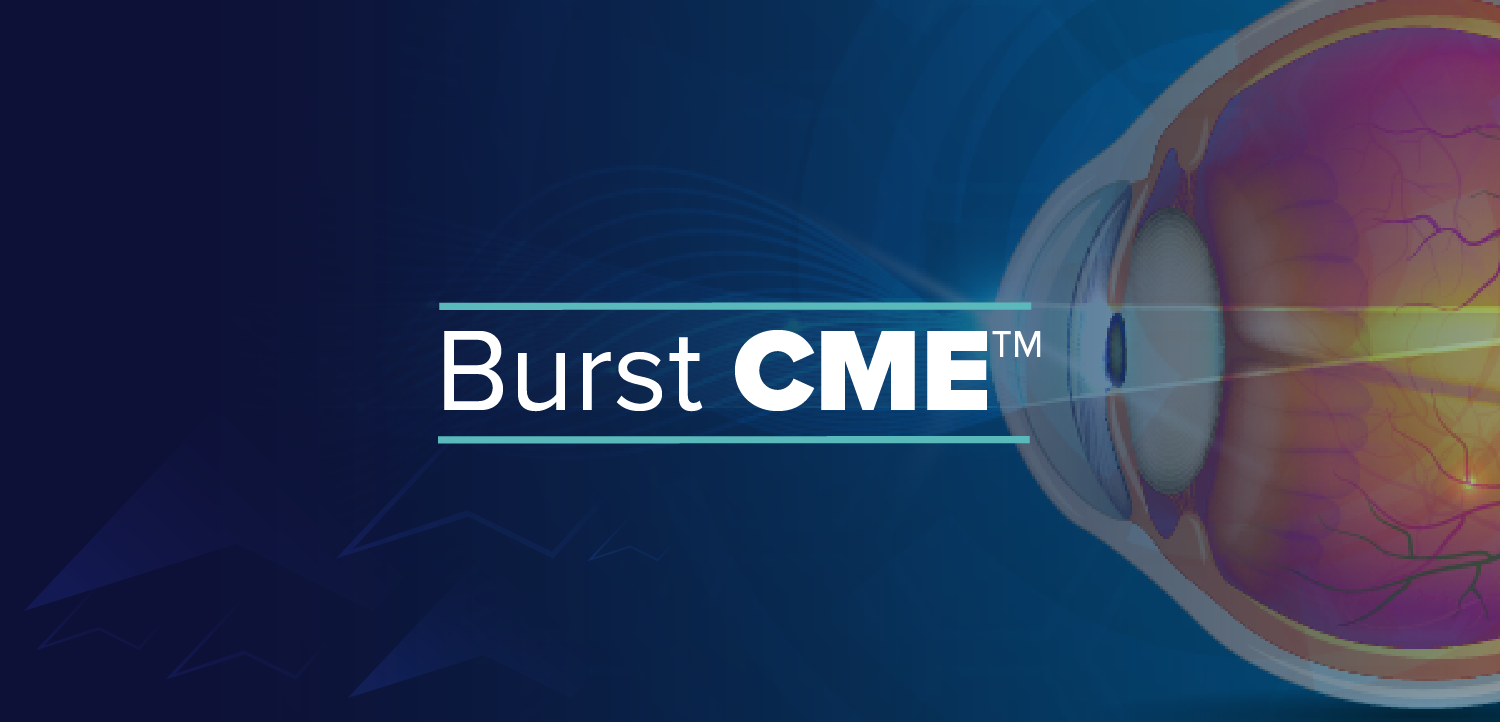
New study reveals majority of commercial drivers in India have never had vision tested
The study included the screening of 9857 drivers in 8 Indian states at automative shops and transit hubs.
As many as two-thirds of commercial drivers in India have never had their vision tested before receiving their license, despite vision tests being a requirement for drivers, according to recent research led by VisionSpring.1
“Our research confirms what we’ve long observed through our See to Be Safe program - vision screening for commercial drivers remains critically under-enforced despite existing regulations,” said Ella Gudwin, the CEO of VisionSpring, in the release. “Drivers with corrected vision experience four times fewer difficulties with vital tasks such as reading road signs - the solution couldn’t be clearer.
“As India’s freight sector expands rapidly, routine vision checks are not merely a safety precaution - they are an urgent, life-saving intervention. Simple, proven solutions like eye examinations and eyeglasses can prevent crashes, protect livelihoods, and save countless lives on our roads.”
Conducted in partnership with the Queen’s University Belfast, among other partners, the study included the screening of 9857 drivers in 8 Indian states at automative shops and transit hubs. Nearly a fifth (17.7%) of commercial drivers were found to have blurry distance vision and were in need of eyeglasses.1
After receiving vision correction through glasses, drivers reported improvements in judging distance and speed, recognizing road signs and traffic lights, driving in poor weather conditions, parking and reversing, and navigating during the daytime, whether familiar or not to the driver. Additionally, more than half the commercial drivers that initially struggled with glare, night driving, noticing moving objects, and judging distances reported major improvements in their vision after receiving glasses.1
According to the release, India relies heavily on road freight; trucking is the primary mode of transport, with the freight sector contributing 4.7% to India’s GDP. With a road network clocking in as second largest in the world, the freight sector’s GDP contribution is projected to grow nearly 10% annually for the near future. India’s driver population is also aging, with the number of drivers with vision impairments continuing to rise.1
VisionSpring stated that it will aid in correcting driver vision impairment with its See to be Safe initiative, which will provide screening to patients in low-income communities.1 In 2024, the organization screened approximately 216,000 drivers in part of its initiative. According to VisionSpring, 80% of those making low income live on less than $4 a day.2
Currently, VisionSpring screens the vision of more than 2.75 million patients and correct the vision of more than 1 million patients annually across 23 states. VisionSpring partners with over 500 health care facilities and NGOs, 15 state governments and agencies, and 50 corporations and CSR programs. In 20 years, the organization has distributed more than 5 million pairs of corrective glasses in India, with 73% of patients seen being first-time wearers.3 Additionally, of those patients, 87% are working age adults aged 35-65.2
References:
Are truck drivers seeing clearly? New research reveals gap in vision checks for commercial truck drivers. News release. VisionSpring. August 18, 2025. Accessed August 18, 2025.
Cumulative impact. VisionSpring. Accessed August 19, 2025. https://visionspring.org/impact/impact
Digital Product Catalog. VisionSpring. Accessed August 18, 2025.
https://visionspring.org/Files/Files/Products/DIGITAL-Product-Catalogue_India-VisionSpring-Dare-to-Matter_VS5221D-digital.pdf
Newsletter
Want more insights like this? Subscribe to Optometry Times and get clinical pearls and practice tips delivered straight to your inbox.



















































.png)


